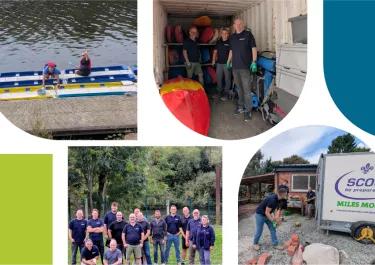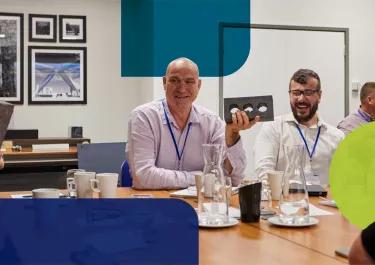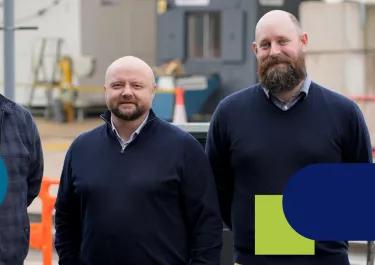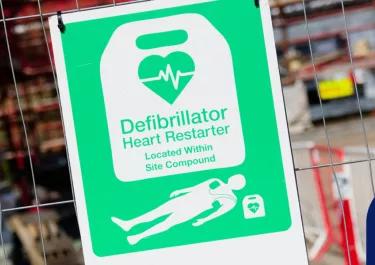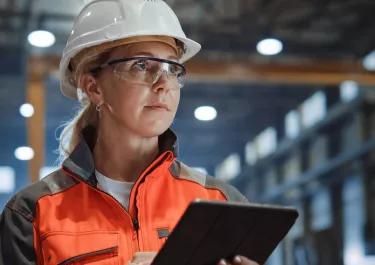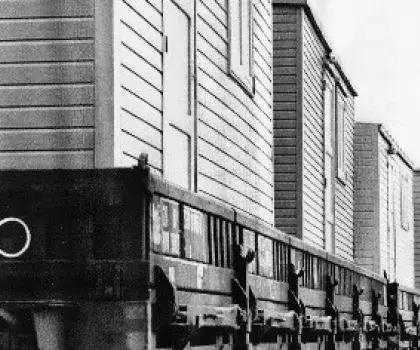
Modular site accommodation: how the humble site cabin has evolved over time
Modular Site Accommodation: How the Humble Site Cabin Has Evolved Over Time
The construction industry has been through an enormous amount of change over the last 30 years, with a move toward standardisation, modern construction methods, digitisation and enhanced health & safety. Even in the last few years, site setups have shifted dramatically, as Covid-19 changed how teams interact on site. What began as a basic shelter has now been reimagined into fully engineered, modular buildings that can be tailored in almost every way.
Algeco has long been a leader in designing, manufacturing and hiring modular site accommodation. Below we explore how site cabins have developed over time, examine what’s possible today, and peek at what the future may hold.
From Timber Cabins to Steel Modules
Timber-constructed site cabins date from as far back as the 1950s, offering little more than a roof and four walls. By the mid-1960s, steel construction and stackability emerged, and by the 1990s, welfare integration began to appear in accommodation units. Over time, single cabins evolved into modular, multi-story buildings that support large-scale operations with integrated functions.
Flexibility & Layout Capabilities
Modern modular site accommodation can be created to virtually any specification. Units can be stacked and linked to form large site villages or open-plan workspaces. Partition walls can be added or removed, and modules can include kitchens, shower blocks, breakout zones and storage areas tailored to a project’s needs. Accompanying systems - IT, communications, even ‘smart’ energy control. can be included as standard.
Today, Algeco’s 360° turnkey solutions make it easy to include elements such as custom furniture, ramps, air conditioning and white goods, sometimes down to the kettle.
Responding to Workforce & Welfare Demands
As construction evolves, so do the expectations for site accommodation. Projects increasingly demand inclusive welfare features: faith rooms, gender-segregated bathroom facilities, drying rooms, and conditioned comfort zones. Full glazing and covered viewing platforms allow oversight of site activity, while integrated fire protection and security systems have become baseline expectations.
Sustainability & Green Design
Sustainability is now a core component of modern modular design. Algeco units typically consist of 48% recycled material and are around 97% recyclable at end of life. Steel used contains 60-70 % recycled content. The units incorporate energy-efficient lighting, double glazing, insulation, and smart systems to monitor and reduce energy usage. EV charger hire is also an available option for on-site electric vehicle support.
The Future of Modular Accommodation
Flexibility, scalability and adaptability will define the next era. In uncertain supply chains and shifting project needs, modular units that can be repurposed, relocated or resized will be ideal. As sustainability becomes even more critical, expect continued innovation in material reuse, energy systems, and smarter building control to align with evolving construction demands.
Even in the last decade, the transformation has been remarkable, and modular site accommodation is set to remain central to how construction sites operate in the years ahead.
